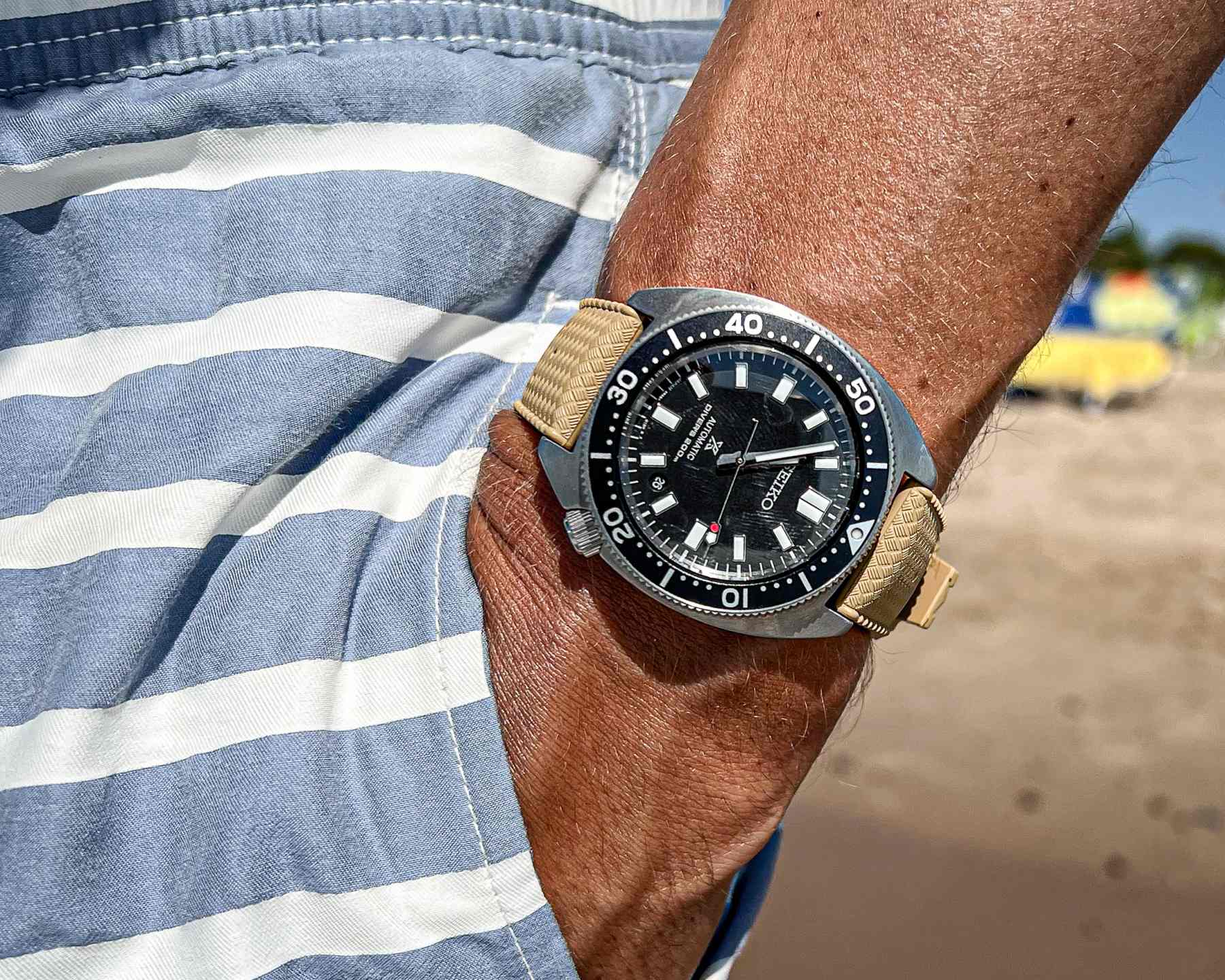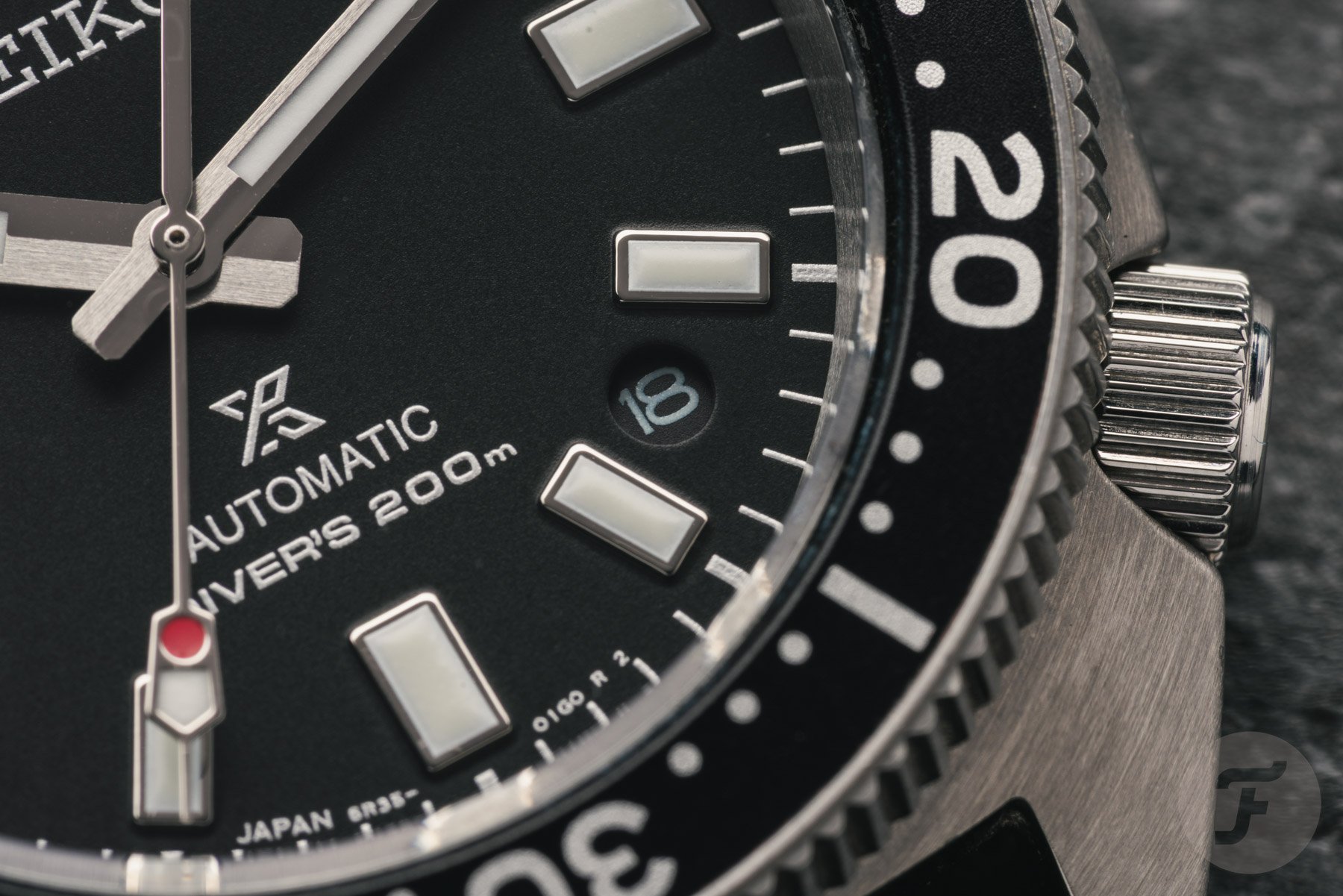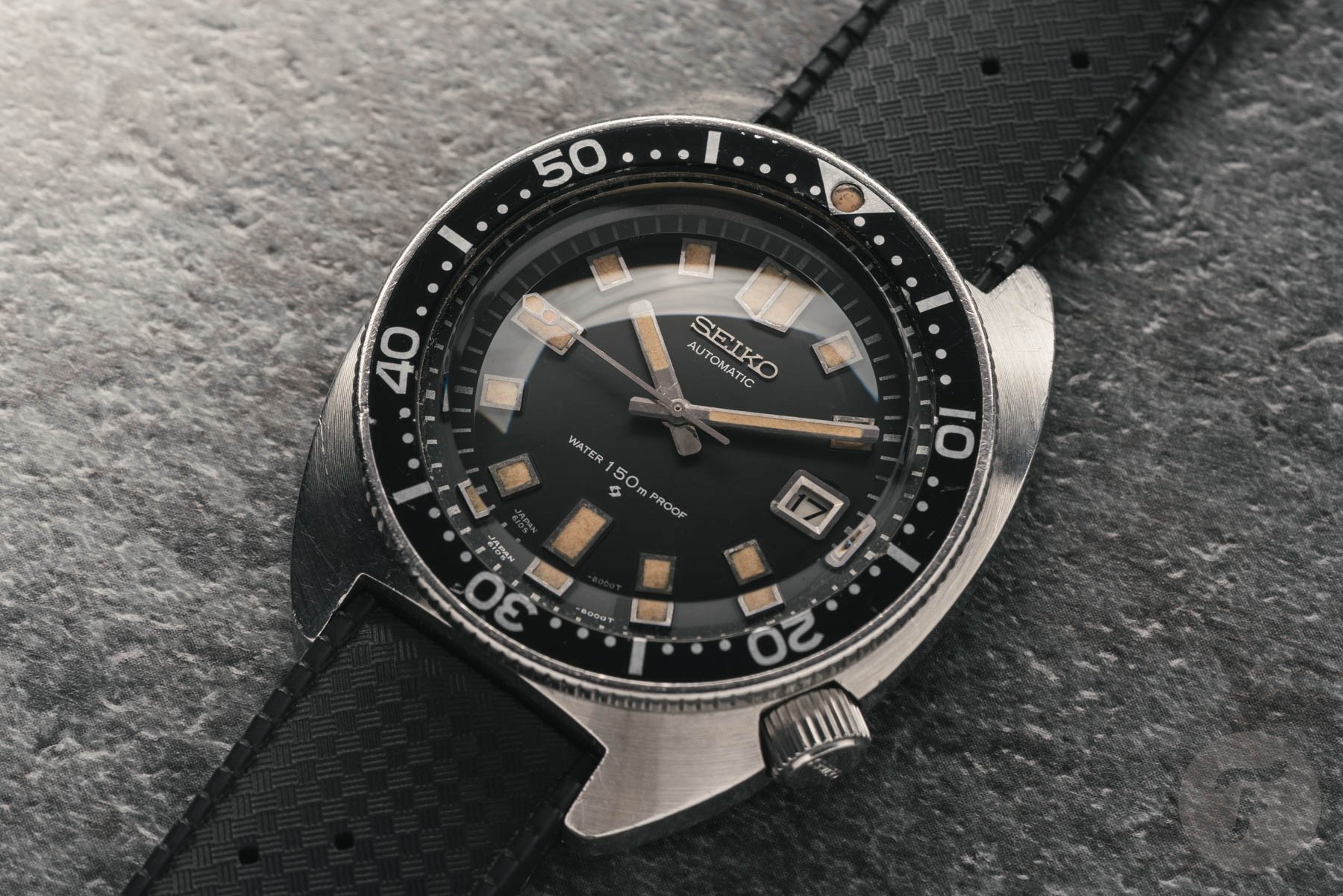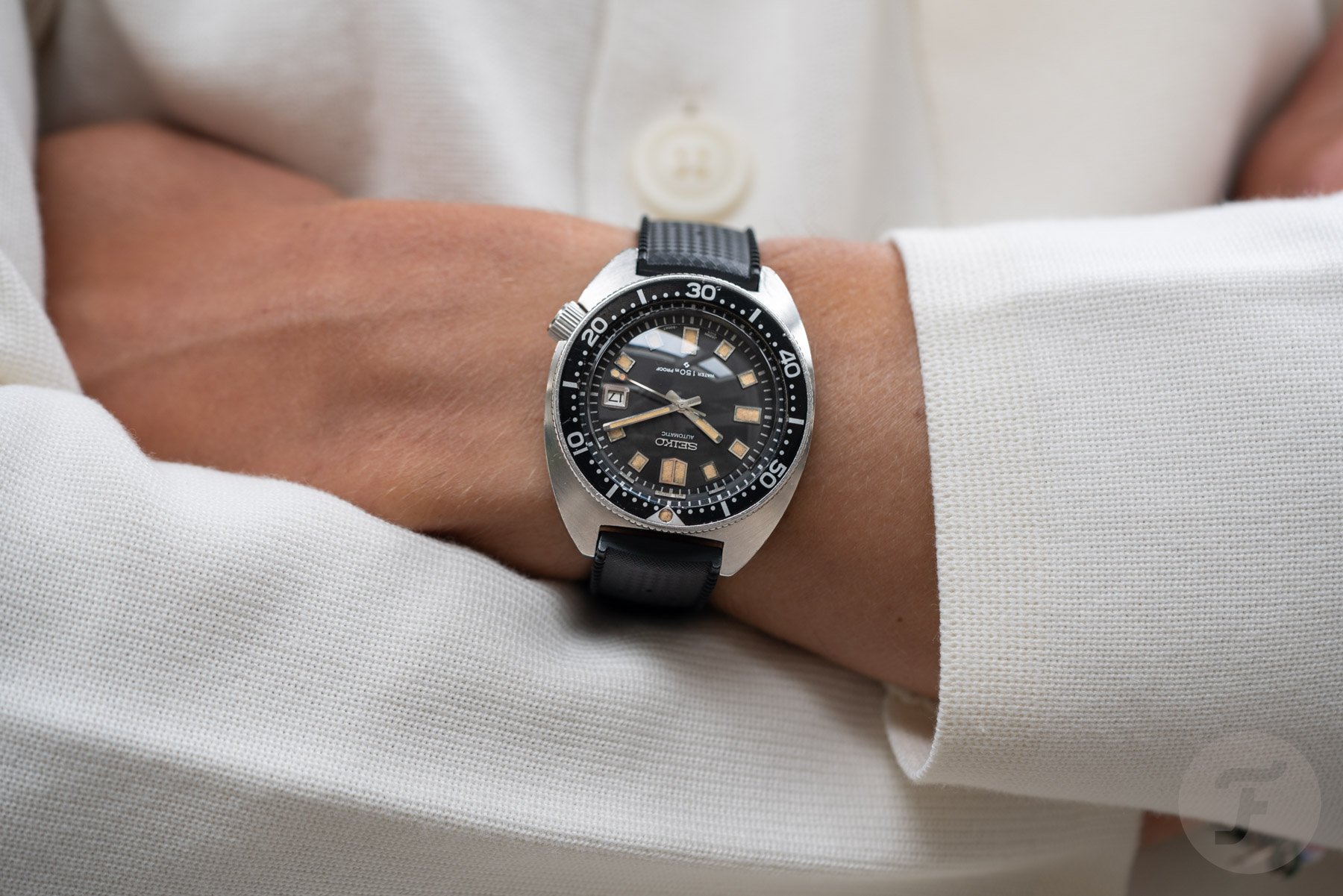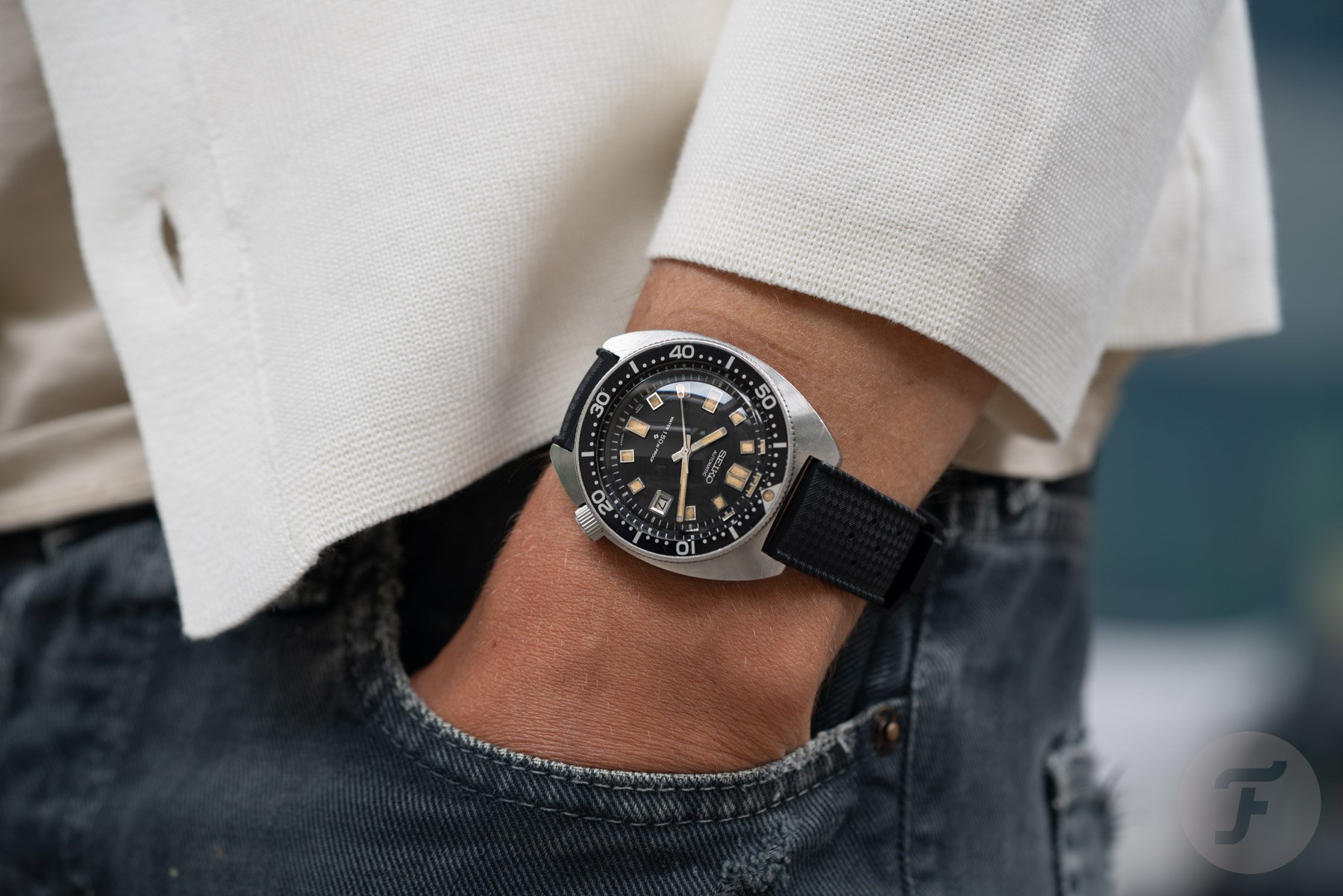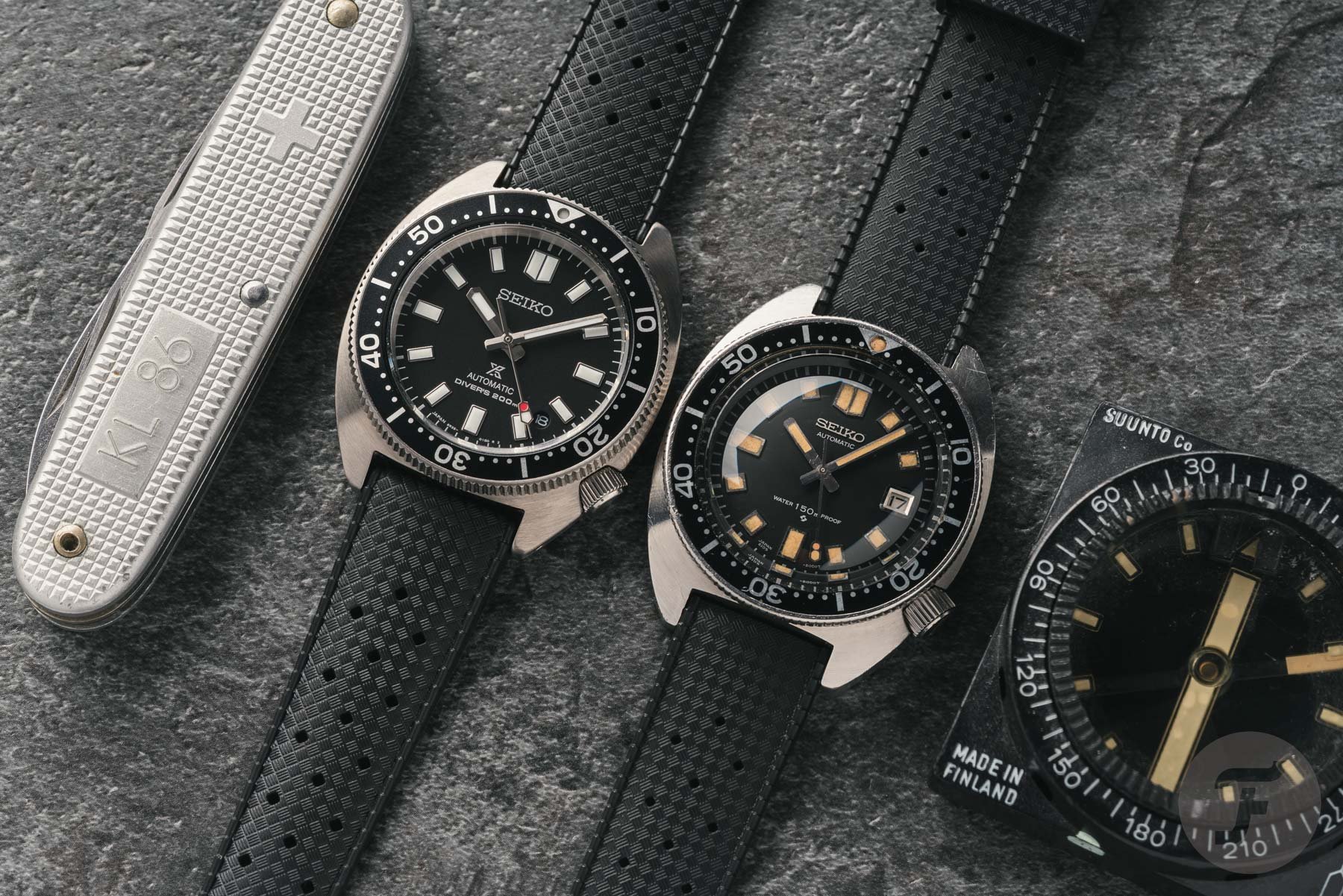From Homage to Heritage: Why I Traded My Seiko SPB317 for the 6105-8000
Every once in a while, a big box with Seiko watches arrives at the Fratello office. It contains the brand’s releases for the upcoming months and allows us to review and photograph them ahead of time. I still remember when I discovered the Seiko SPB317 in there, back in 2022. I immediately fell in love with its relatively thin C-shaped case, wrote its introduction article, and ordered one. However, I had no idea that the introduction article would end up being the very reason it left my collection. What began as admiration for Seiko’s modern reinterpretation quietly evolved into a fixation on its source material — a journey that ultimately led me to the vintage 6105-8000. In hindsight, the SPB317 wasn’t the destination; it was just part of the path to get there.
That introduction article was also my introduction to the vintage Seiko 6105-8000. Like many, I was aware of the Captain Willard (reference 6105-8110) from 1970. But I had never seen its slimmer counterpart from two years earlier. Its streamlined C-shaped case immediately spoke to me. I didn’t look too much into the details because the modern re-edition, the SPB317, seemed like a good-enough reinterpretation—until it didn’t.
The Seiko SPB317
With its 41mm C-shaped stainless steel case, the Seiko SPB317 is bigger than I’d typically wear. However, with its streamlined shape and the thickness of just 12.5mm, it wears smaller than you think. That’s also because of the modest lug span of 46mm. As said, I was immediately attracted by its design and how it fit on my 17cm wrist. I had tried the Doxa Sub 300 Searambler before, which I liked, but it also felt like a bit much with the small dial and double bezel. The SPB317 felt like a more modest version of that.
So, I decided to order the SPB317 and wore it with much pleasure during the summer months. It’s a genuine strap monster, and it can handle most situations, except maybe more formal ones. And I wasn’t the only one who thought the Turtle Origin, as Seiko calls it, was a great watch. The SPB317 made it to the final of our Seiko World Cup. There, it went up against RJ’s Marinemaster 300 SBDX001. I’m still impressed that my entry almost won.
But there were certainly also things that annoyed me about the Seiko SPB317. From the get-go, I couldn’t understand why Seiko went for the more rectangular hour markers instead of the square ones on the 6105-8000. Also, that circular date cutout at four thirty can hardly be called a date window. So, I started looking more and more in the direction of an original 6105-8000.
The Daini Seiko 6105-8000
I follow a couple of vintage Seiko heavy accounts on Instagram. Occasionally, a nice example of the 6105-8000 would pass by on my feed, and I would grab my SPB317 to still my hunger. But then I saw a post of a Dutch watchmaker who was selling his Seiko 6105-8000 with lume that turned into a dark cream color. I asked him about it, and he said it was one of the few (27 known examples) 6105-8000 on which the hour markers and hands were filled with radium-based lume, which was actually forbidden in Japan in 1969. This was done at Seiko’s Daini factory, which assisted the other Suwa factory with luming the dials. That’s why the dial has a Suwa sign underneath the “150m waterproof” text, but also has a Daini-signed winding bridge.
As you can see, I didn’t know about all these details, but I did know that this version of the Seiko 6105-8000 looked absolutely beautiful, especially in comparison with my modern SPB317. The old school applied Seiko logo and a well-framed date window added to that vintage charm, together with the very sharp and slim C-shaped case. The 41mm diameter is the same; however, the case itself is slightly slimmer because it’s also 12.5mm thick, but that includes that beautifully faceted crystal, which protrudes quite a lot, instead of the flush crystal on the SPB317.
The lug span is 2mm longer, and the lug width is 19mm instead of 20 on the modern version. However, it still wears great and very flush on my wrist.
Less capable, but more charming
After some negotiating, I decided to buy the vintage Seiko 6105-8000, and I’m over the moon with it. The machined case still feels very sharp, while the bezel is a bit loose. Of course, this is a much less capable watch than the SPB317. It has an older movement with less power reserve, no hacking, and no hand-winding. And the water resistance is something I’m not going to test, just to be safe. But it looks so damn good. As said, the SPB317 is a decent reinterpretation, but it can’t compete with the 6105’s vintage charm. The square hour markers with the pumpkin lume, the signed and fully encapsulated unscrewed crown, it all looks so good together.
I paid €2,000 for the vintage Seiko 6105-8000. That’s more expensive than most of Seiko’s vintage-inspired divers, which some people already find too expensive. Of course you have to decide for yourself whether you think it’s worth it. Through the SPB317 I found my favorite Seiko diver in terms of design. Now that I got the original version, I think my hunger for Seiko divers is stilled and it’ll take a while before I get tired of looking at my 6105-8000.
I traded the SPB317 for another vintage piece
I lived with the modern and vintage versions side-by-side in my collection for a few months. But I decided that didn’t make a lot of sense. I would wear the 6105-8000 all the time anyway. That’s why I was going to put the SPB317 up for sale on a watch forum. However, I saw that someone was offering a vintage 1950s Montblanc 242 fountain pen. He said he was willing to trade it for a watch, so I suggested a swap with the SPB317, and we came to an agreement. So, instead of the watch collecting dust in the watchbox, I now write my notes with a beautiful gray tiger eye Montblanc pen.
Have you ever changed from a modern to a vintage version of the same watch? We’d like to hear your stories in the comments below.


